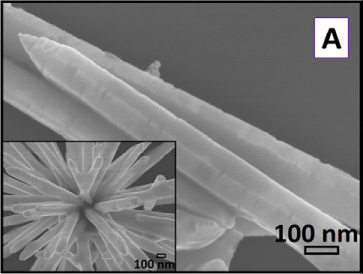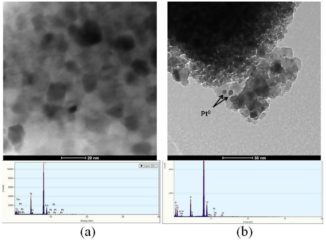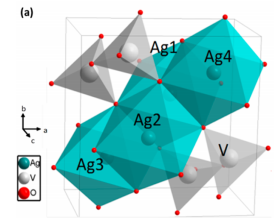
The interplay between morphology and photocatalytic activity in ZnO and N-doped ZnO crystals
Abstract: Intrinsic characteristics of the material such as superficial area, morphological structure, and crystalline phase exposition play a fundamental role in the corresponding reaction paths. However, especially in doped semiconductors, as ZnO:N, less is known about how the synthesis parameters affect the morphologies and the photocatalytic activity simultaneously. To solve this issue, ZnO and ZnO:N samples were obtained using microwave-assisted hydrothermal and modified polymeric precursor methods of synthesis. Samples morphologies were characterized by TEM and FE-SEM. Crystallographic phases were observed by XRD and optical characteristics by DRS. XPS results confirmed the doping process. Degradation of Rhodamine-B and Cr(VI) reduction were employed as probe reactions to investigate their photocatalytic activity. Although the crystallographic structure of these powders maintains the ZnO hexagonal wurtzite structure, the optical properties, morphologies, and photocatalytic activities present different behaviors. Also, density functional theory calculations were employed to determine the specific features related to electronic structure, morphology, and photocatalytic activity. Different synthesis methods produce a singular behavior in the physicochemical properties of materials, and the doping effect produces various modifications in RhB degradation and Cr(VI) reduction for each synthesis method. Crystal face exposition and morphologies are related to the improvement in the photocatalytic activity of the materials. (C) 2017 Elsevier Ltd. All rights reserved.
Author(s): Byzynski, G; Melo, C; Volanti, DP; Ferrer, MM; Gouveia, AF; Ribeiro, C; Andres, J; Longo, E
MATERIALS & DESIGN
Volume: 120 Pages: 363-375 Published: APR 15 2017
PDF: The interplay between morphology and photocatalytic activity in ZnO and N-doped ZnO crystals
DOI: 10.1016/j.matdes.2017.02.020




